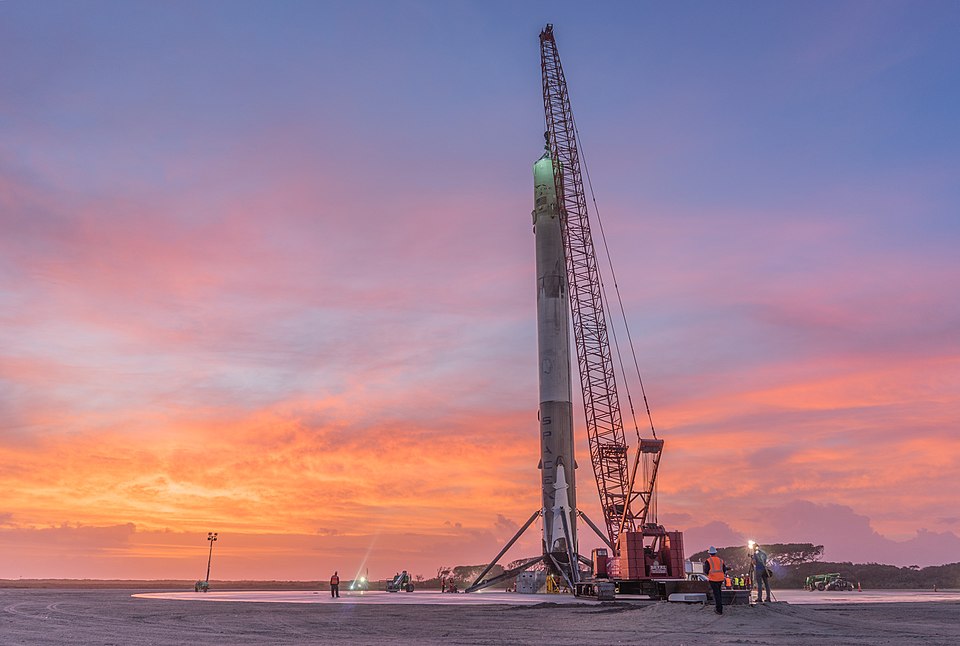SpaceX Launches 24 Starlink Satellites from California in July 2025

On the evening of July 18, 2025, a SpaceX Falcon 9 rocket successfully launched 24 Starlink satellites into low Earth orbit from Vandenberg Space Force Base in California. The rocket lifted off at 8:52 p.m. local time (11:52 p.m. EDT), marking a significant milestone for SpaceX as the company continues to expand its satellite internet network. This launch was the 88th Falcon 9 mission of 2025 and the 516th completed mission overall, demonstrating the company's growing capabilities in space transportation.
According to SpaceX, the Falcon 9's upper stage delivered the satellites approximately nine minutes after liftoff, contributing to an extensive network that now boasts over 7,965 active satellites out of more than 9,200 launched since the program's inception in 2019. This network provides broadband internet access to underserved regions globally and includes direct-to-cell capabilities for select mobile service providers, enhancing connectivity in remote areas.
The mission was particularly noteworthy as it marked the 14th successful flight of the Falcon 9 first stage, which landed on the autonomous droneship 'Of Course I Still Love You' stationed in the Pacific Ocean shortly after deployment. This successful recovery highlights SpaceX's commitment to reusability, a key factor in reducing the cost of space access.
SpaceX's Starlink service has garnered attention for its potential to bridge the digital divide, especially in rural and remote areas where traditional internet service providers may not reach. According to Dr. Emily Carter, an aerospace engineer and professor at Stanford University, "The Starlink network is not only a technical achievement but also a transformative tool for global connectivity, especially in regions that lack reliable internet service."
The launch also aligns with ongoing discussions about the regulatory environment surrounding satellite internet services. The Federal Communications Commission (FCC) has been monitoring the expansion of satellite constellations, and as stated by FCC Commissioner Jessica Rosenworcel, “We must ensure that these technologies serve the public interest while maintaining effective oversight.” This is especially relevant as concerns about space debris and orbital congestion grow alongside the rapid deployment of satellite networks.
As the Starlink constellation expands, SpaceX plans to continue launching additional satellites, aiming to enhance service quality and coverage. The next phase of their deployment will focus on increasing bandwidth and reducing latency, making the service competitive with traditional broadband options.
In a broader context, the success of this launch reflects a growing trend in the space industry where private companies are taking the lead in satellite deployment and space exploration. According to a report by the Space Data Association published in June 2025, the number of operational satellites in orbit has surged due to the proliferation of commercial satellite programs, with over 60% now being operated by private entities.
Looking ahead, the implications of this launch extend beyond just internet access. It represents a pivotal moment in the commercialization of space, where private enterprises are increasingly responsible for innovations that were once the sole domain of government space agencies. As the industry evolves, experts predict that the competition among satellite providers will only intensify, potentially leading to advancements in technology and service offerings.
In summary, SpaceX's latest mission underscores the company's role in shaping the future of global connectivity through innovative satellite technology. As launches like this continue, both the economic and societal impacts will likely be profound, paving the way for new possibilities in how individuals and communities engage with the digital world.
Advertisement
Tags
Advertisement





